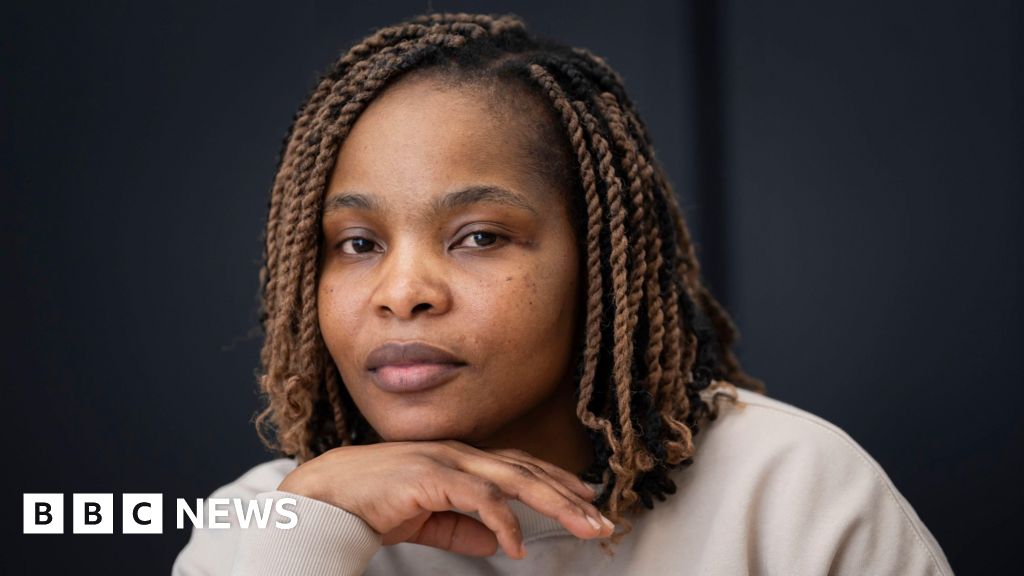A nurse has become the first person in the UK to undergo an operation that saw a tumour removed through her eye socket using keyhole surgery.
Ruvimbo Kaviya, 40, from Leeds, had a meningioma removed from the space located beneath her brain and behind her eyes.
Many of these types of tumour would have previously been considered inoperable because of where they are situated in an area called the cavernous sinus.
Experts at the Leeds Teaching Hospitals NHS Trust practised the surgery several times in advance of Ms Kaviya’s operation with the help of 3D technology.
Previously, an operation to remove such a tumour in the same part of the head would require complex brain surgery, involving taking a large part of the skull away and risking complications.
Ms Kaviya said the tumour had left her suffering from headaches which “felt like an electric shock on my face”, meaning she was at times unable to eat or brush her teeth.
The mother-of-three said: “It was very stressful and difficult.
“So when they told me that they’re going to do the surgery – they couldn’t say that it was going to be perfect and there was risk involved.
“It was the first time they were doing the procedure. I had no option but to agree because the pain was just too much – I didn’t even think about it being the first time, all I needed was for it to be removed.”
The operation, which was carried out in February last year, took just three hours and Ms Kaviya was up and walking later the same day.
Neurosurgeon Asim Sheikh said advancements in technology meant tumours like those suffered by Ms Kaviya were now less risky to treat.
He said: “It’s a hard-to-reach area, and this allows a direct access without any compromise of pressure on the brain.
“So it just reaches us in areas which were once thought to be inoperable, but now are accessible.”
Biomedical engineer Lisa Ferrie, head of the 3D planning service at the trust, made a model of the patient’s skull so the surgical team could rehearse the operation before they did it.
She said: “This technology enabled the team to study her anatomy in detail and prepare for the procedure with unparalleled accuracy.
“Seeing the model and knowing it contributed to this ground-breaking surgery is incredibly rewarding.”
Ms Kaviya was left with a tiny scar near her left eye, but was back at work caring for stroke patients three months after the surgery.
She said: “When I had the operation I thought I was possibly going to stay in the hospital for weeks or months and I was home in days.
“I had double vision for about three months but everything else was OK.”
Listen to highlights from West Yorkshire on BBC Sounds, catch up with the latest episode of Look North or tell us a story you think we should be covering here.
